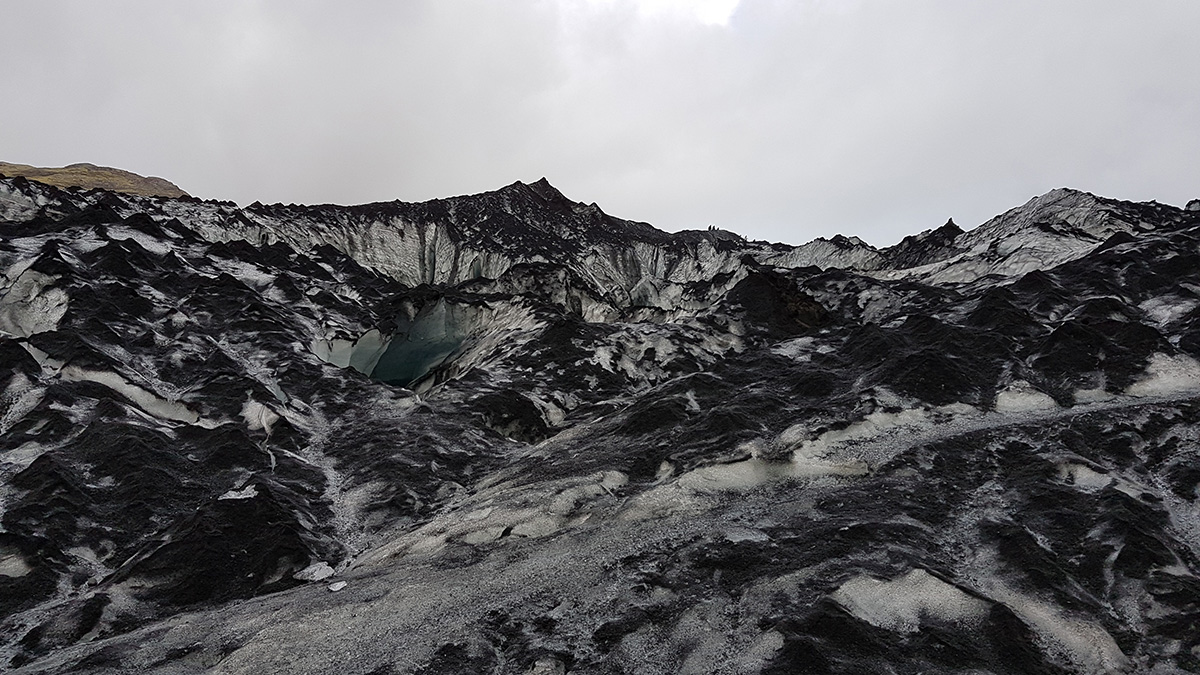Black carbon radiative forcing depends on the emission region and season

Black carbon absorbs solar radiation both in air and in snow. The absorptionin air and snow cause, respectively, the direct radiative forcing andthe snow radiative forcing, both of which contribute to climatic warming.
In a climate model study conducted at the Finnish Meteorological Institute, the dependence of black carbon radiative forcing on emission region and season was evaluated more comprehensively than in any previous study. It was found that the black carbon direct radiative forcing varies by more thana factor of ten depending on the emission location.
The direct forcing is largestfor low-latitude emissions and for mid-latitude emissions in summerbecause these emissions are transported to high altitudes and have a long atmospheric lifetime.
The total radiative forcing is largest for high-latitude black carbon emissions
The snow radiative forcing is generally negligible for tropical emissionsbut large for high-latitude emissions, since a large fraction of theseemissions are deposited on snow. The snow radiative forcing is especially largefor emissions in those regions in which snow melts late in spring, suchas Siberia. The maximum values of snow radiative forcing for high-latitudeemissions substantially exceed the direct forcing for low-latitude emissions.
For a given amount of black carbon emitted, the total radiative forcing is largest for high-latitude emissions. The results indicate that, for example in climate negotiations targeted at emission reductions, black carbon emissions from different regions should be weighted differently.
There is however stillroom for more research. On one hand, substantial uncertainties remain inthe modelling of radiative forcing associated with black carbon emissions. On the other hand, climatic effects of black carbon cannot be evaluated precisely based on the radiative forcing only, without considering feedback effects on, for example, clouds and snow.
The research team consisted of scientists from the Finnish Meteorological Institute, from the Finnish Environmental Institute, and from Norway. The work was funded by the Academy of Finland, the European Union, and Business Finland.
Further information
Senior research scientist Petri Räisänen, Finnish Meteorological Institute, tel +358 29 539 2224, petri.raisanen@fmi.fi
The scientific article is available on Atmospheric Chemistry and Physics.
Article reference: Räisänen, P., Merikanto, J., Makkonen, R., Savolahti, M., Kirkevåg, A., Sand, M., Seland, Ø., and Partanen, A.-I.: Mapping the dependenceof black carbon radiative forcing on emission region and season,Atmos. Chem. Phys., 22, 11579–11602,https://doi.org/10.5194/acp-22-11579-2022, 2022.
